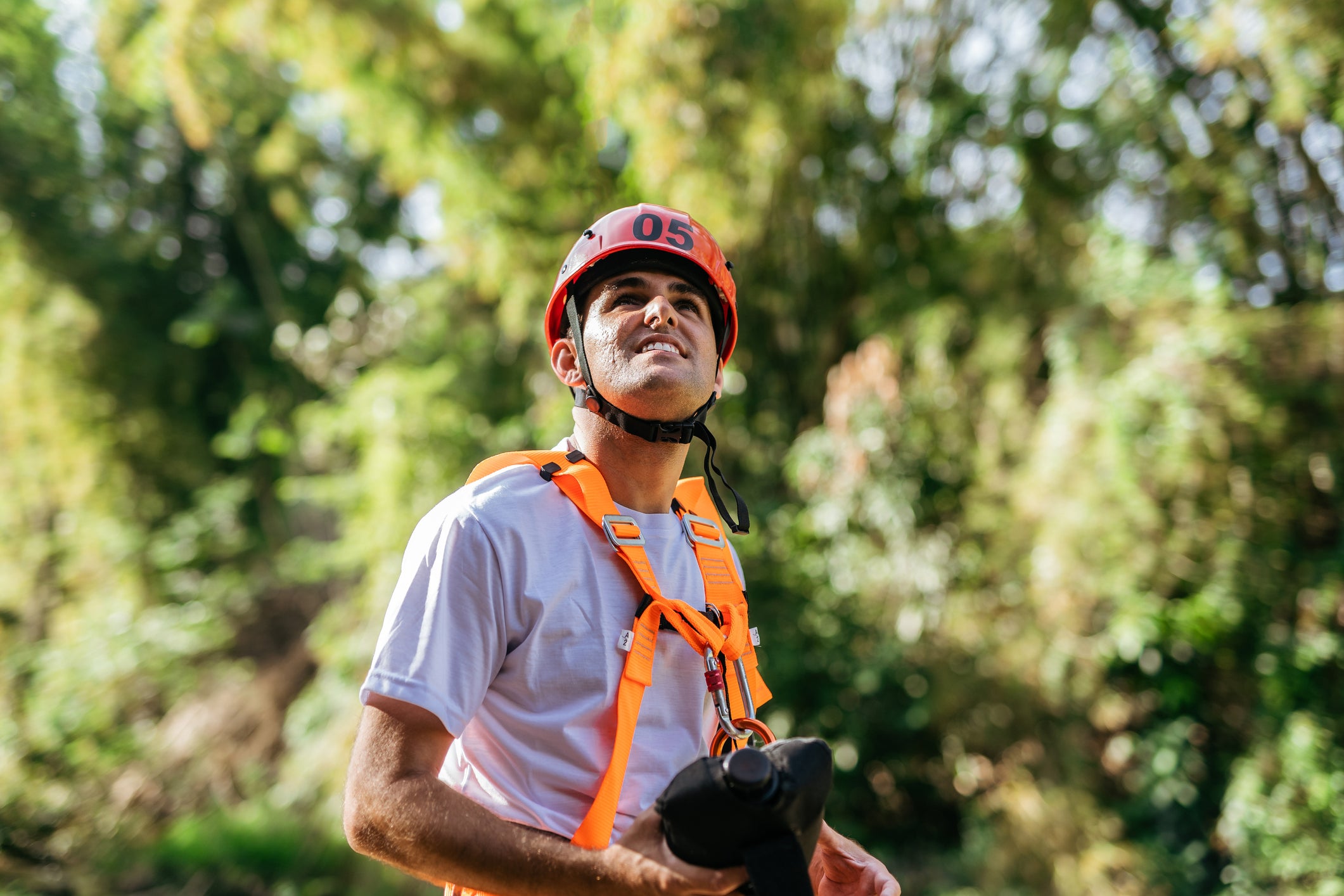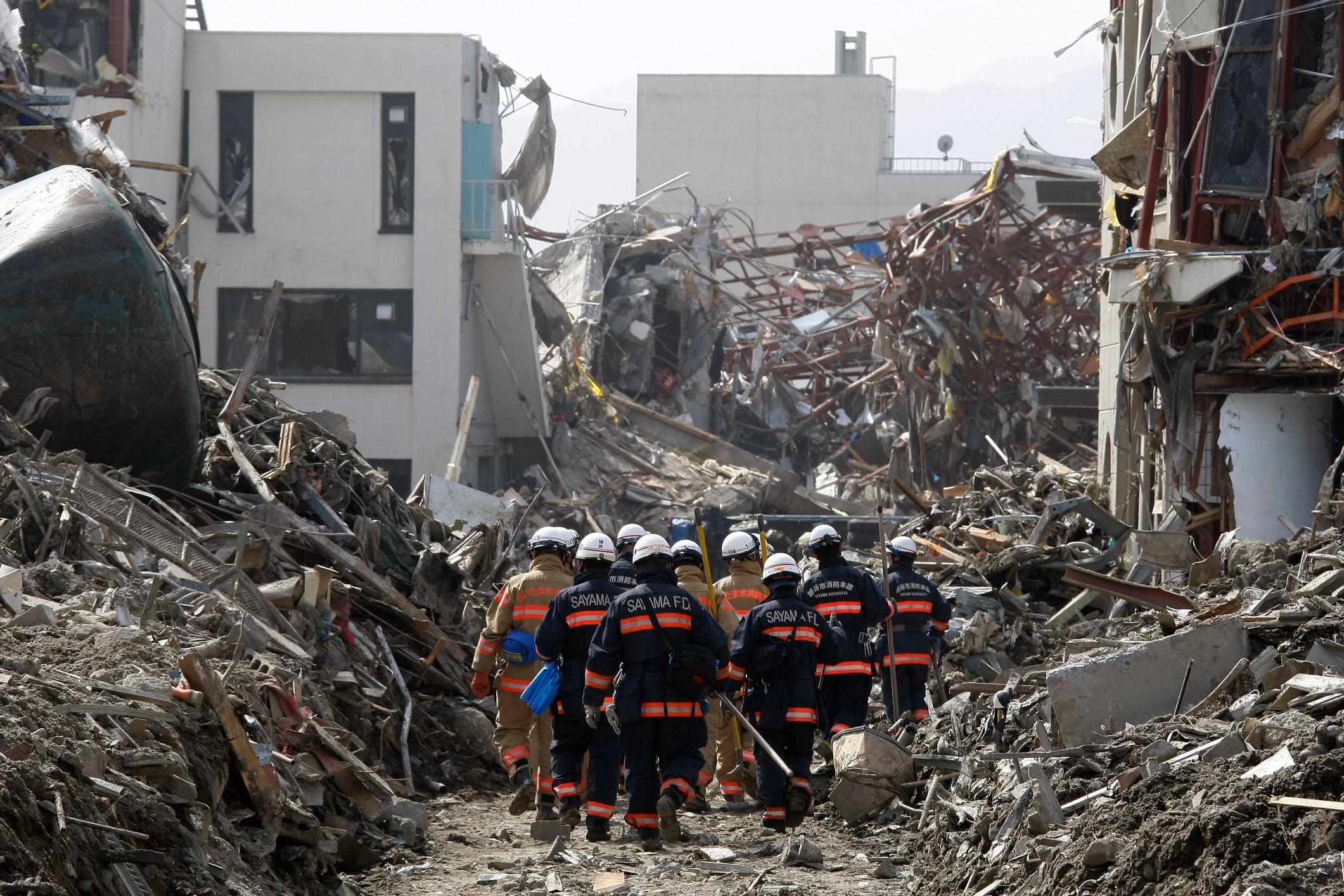Differences between evacuation for families with babies and families without babies
table of contents
Introduction
1.Creating an evacuation plan
2.Prepare evacuation supplies
3. Choosing an evacuation site
4-2 Families with babies
(6) Sharing procedures for responding to emergencies
summary
Introduction
Evacuation in the event of a disaster is an important procedure for ensuring the safety of the entire family. There are some differences in evacuation planning and necessary preparations for families with babies and families without babies. This article details the different needs and measures in each household's evacuation.
1.Creating an evacuation plan
1-1Families without babies
① Check the number of family members and their health condition
Create an evacuation plan based on your family size and health. Be especially considerate of the needs of older people and people with physical limitations.
②Prepare necessary evacuation supplies
Prepare basic emergency supplies such as emergency food, drinking water, clothing, blankets, personal valuables, and important documents.
(3) Selection of public shelters and safe facilities
Choose public shelters and safe facilities. Choose an appropriate location according to local evacuation plans and instructions.
④ Securing means of contact for family members
Secure a means of communication for evacuation plans and status reports. Recharge your means of communication, such as mobile phones and radios, and keep up to date with the latest information.
1-2 Families with babies
① Grasping baby's needs
Learn more about your baby's age, health, special medical needs and more. Establish contact with medical institutions and public health centers so that they can provide the care they need.
②Prepare your baby's belongings
Prepare baby diapers, bottles, formula, baby food, clean clothes, blankets, toys, medications, and other emergency supplies for your baby's special needs.
(3) Selection of childcare facilities and medical facilities
Choose an evacuation site that prioritizes the health and safety of your baby. It is important to find nearby childcare and medical facilities that meet special needs, or to find alternative shelters.
(4) Assignment of roles to take care of the baby
In your evacuation plan, make sure your role in caring for your baby is clear. Discuss the division of responsibilities and necessary procedures within the family, and support a smooth evacuation.
2.Prepare evacuation supplies
2-1 Families without babies
For households without babies, prepare basic emergency supplies. This includes emergency food, drinking water, clothing, blankets, personal valuables and important documents.
2-2 Families with babies
①Diapers and diaper changing supplies
Every household with babies should prepare enough diapers. Prepare the right amount according to your baby's age and diaper size. Also prepare diaper cream, baby wipes, plastic bags, etc. as diaper changing supplies.
② Nursing bottle and milk
If your baby drinks milk, have a bottle, extra bottles, and nipples ready. Also prepare the required amount of milk and disinfection supplies (bottle warmer, sterilizer, etc.).
③ Baby food and nutritional supplements
For families with babies who are on baby food, prepare extra baby food, nutritional supplements, spoons, tableware, clean water, etc. In particular, if your baby has food allergies or special dietary restrictions, it is necessary to prepare food accordingly.
④ Clean clothes and blankets
If you have a baby in your home, have multiple clean clothes and blankets. Make sure you have the quantity you need in case your baby gets dirty or feels cold.
⑤ Baby medicine and first aid supplies
Prepare baby medicine and first aid supplies to keep your baby healthy. Prepare medical supplies for your baby's age and special needs, including heat and pain relievers, antiseptics, bandages, gauze, and scissors.
⑥ Toys and favorite items that promote mental stability
Bring a favorite toy or stuffed animal to keep your baby calm during the evacuation. This helps calm the baby.
3. Choosing an evacuation site
3-1 Families without babies
For families without babies, choose public shelters and safe facilities. It is important that families gather together once they arrive at a shelter or designated evacuation site.
3-2 Families with babies
①Consider the health and safety of the baby
Families with babies choose evacuation sites with the baby's health and safety as the top priority. It is important to preferentially choose locations with special medical and childcare facilities nearby. This makes it easier to accommodate your baby's special needs.
(2) Prepare for crowded evacuation centers
General shelters and public facilities may become crowded during a disaster. It is important for families with babies to find alternative shelters in advance in case the shelter is overcrowded. A nearby friend's or relative's house, a safe hotel, or a local church or community center are possible alternative shelters.
③Facilities that meet special needs
Families with babies should choose facilities that meet the special needs of babies. This includes hospitals with neonatal intensive care units and pediatric wards, child care facilities and facilities for the disabled. These facilities can provide adequate support if your baby is in poor health or needs special care.
When choosing an evacuation site for families without babies, choose a general evacuation shelter or a safe facility. It is important that families gather together upon arrival at a public or designated evacuation site. You don't need to consider your baby's special needs, but you should carefully choose your shelter for safety and accessibility to ensure the safety of your entire family.
4. Securing contact and information
4-1 Families without babies
To ensure the safety of your family, establish a means of communication for evacuation planning and situation reporting. Recharge your means of communication, such as mobile phones and radios, and keep up to date with the latest information.
4-2 Families with babies
① Sharing of baby health information
For families with babies, it's important to share information about their baby's health and special needs. When you arrive at an evacuation center or facility, ensure that you have access to medical facilities and public health centers, and contact specialists in case your baby's health or special care is needed.
②Communication with necessary medical institutions and specialists
Families with babies need to ensure that they have access to the medical facilities and specialists they need in the event of a disaster. Prompt contact is especially important if your baby's health changes suddenly or you need special care.
(3) Obtaining information on special care and medicines
For families with babies, it is important to get information about special care and necessary medicines. During a disaster, you may need medicines and care products tailored to your baby's special needs. Get accurate information from your local public health center or medical institution and make the necessary preparations.
Securing contact and information for homes without babies is important to have appropriate communication methods and up-to-date information to ensure the safety of families. Charge your mobile phone, radio, or other means of communication, and secure a means of communication for evacuation planning and status reports. Stay up-to-date with local news and official sources and take appropriate precautions.
④ List of emergency contacts
Creating an emergency contact list is important for families with babies. This list should include contact information for family members, friends, neighbors, medical and public health centers, child-rearing support agencies, and other people you would like to contact in the event of a disaster. It is important to create a list in paper or digital form and have it with you when you evacuate.
⑤ How to obtain disaster information
Families with babies need to ensure that they have accurate and timely access to disaster information. Use trusted sources such as local disaster management authorities, weather forecasts, news apps and radio broadcasts. It is also important to share information with neighbors through SNS and local community groups.
(6) Sharing emergency response procedures
For families with babies, it is important to share emergency procedures with family members and neighbors. Have a clear plan for how you will be contacted in the event of a disaster, where you will meet, and who will take care of your baby. It is also important to discuss cooperation with neighbors and support systems in the event of a disaster, and to work together.
summary
Evacuation of homes with babies and homes without babies requires different approaches in terms of needs and preparedness. Families with babies need special attention, such as creating an evacuation plan, preparing evacuation supplies, choosing an evacuation site, and securing contact and information. Follow your local evacuation plan and expert advice, and take appropriate precautions to ensure the safety of your entire family.








